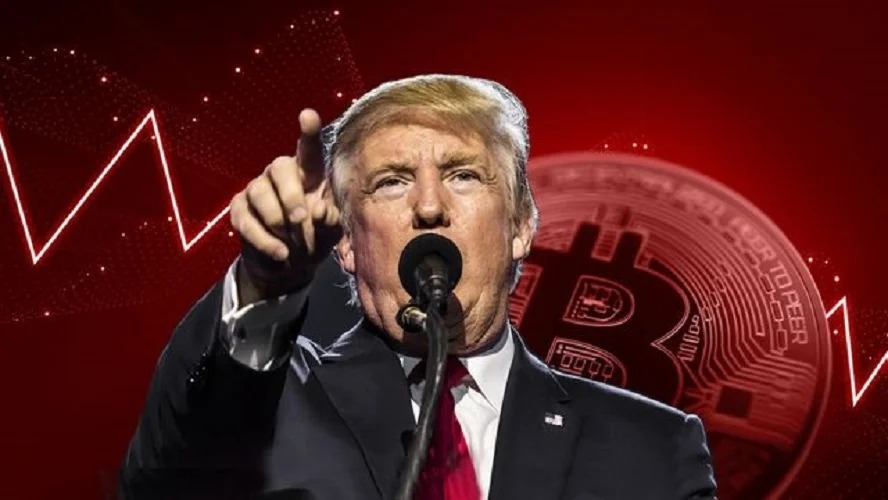Bitcoin’s price is in focus as President Donald Trump prepares to implement new reciprocal tariffs. The proposed tariffs target various trade partners, affecting industries such as steel, aluminum, and automotive imports. Investors are closely watching how these economic measures will influence BTC’s market movements, as the cryptocurrency has shown sensitivity to macroeconomic events in the past.
Trump’s Reciprocal Tariffs and Market Reactions
The government of the United States plans to institutetariffs targeted at the major economies of Canada, Mexico, China, and the European Union. The policy exists to offset import tariffs that these foreign nations place on U.S. export goods. Countries that face these measures are anticipated to pursue countermeasures which might spark a commercial conflict between nations.
The S&P 500 index suffered a 2% decline during the recent five trading sessions in traditional markets. Two major American stock indices, the Nasdaq Composite and Dow Jones Industrial Average, also demonstrated similar market declines. Market predictions about Bitcoin’s reaction are emerging due to expected economic volatility because Bitcoin acts as an alternate store value when financial markets become unstable.
BTC Price Movements and Volatility
According to the data from CoinMarketCap, Bitcoin maintains its value at $83,986, mainly because of its 3.44% market elevation. Bitcoin declined by 2.79% since the past week as its current value remains at $83,986. Bitcoin experienced significant price swings since Trump became president, with the highest point reaching $109,114 on January 20, 2025. Bitcoin experienced its peak at $109,114 on January 20, 2025 after which the price dipped more than 20%.
Trade tensions building up in the horizon threaten additional volatility within the market. Bitcoin’s prices demonstrated a quick rally and substantial falls during the U.S.-China trade conflict that took place in 2018. Experts anticipate the recent tariff changes will initially trigger investors to dump their assets before international market participants enter the market attempting protection from inflationary conditions and economic turbulent periods.
Institutional Interest and Long-Term Bitcoin Growth
Despite concerns over short-term fluctuations, institutional investors remain optimistic about Bitcoin’s long-term potential. Companies and government entities are increasingly viewing Bitcoin as a hedge against fiat currency devaluation. The U.S. government’s Bitcoin reserves and rising institutional adoption may support the cryptocurrency in the long run.
Inflationary pressures caused by the tariffs could also influence the Federal Reserve’s monetary policies. If inflation rises significantly, the Fed may consider lowering interest rates, which could drive further investment into Bitcoin as an alternative asset.
#blockchain #crypto, #decentralized, #distributed, #ledger
This news is republished from another source. You can check the original article here










